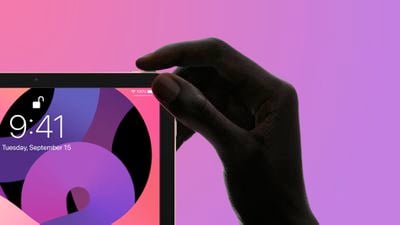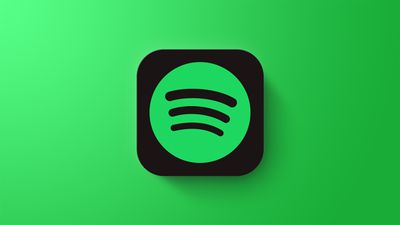Best Buy's month-long holiday sale continues this weekend with multiple all-time low prices on Apple's line of MacBook Pro and MacBook Air computers. In addition to Apple notebooks, Best Buy's event has discounts sitewide on home appliances, TVs, video games, and more.
 Note: MacRumors is an affiliate partner with some of these vendors. When you click a link and make a purchase, we may receive a small payment, which helps us keep the site running.
Note: MacRumors is an affiliate partner with some of these vendors. When you click a link and make a purchase, we may receive a small payment, which helps us keep the site running.
MacBook Pro
Apple's 512GB 14-inch M3 MacBook Pro is available for $1,399.00, down from $1,599.00. The prices in this article reflect final deal prices applied for My Best Buy Plus or My Best Buy Total members. If you're not a member, you can sign up on Best Buy's website starting at $49.99/year for My Best Buy Plus.
Non-members can still purchase the notebook at a solid second-best price, which Amazon is matching. For the 512GB 14-inch M3 MacBook Pro, that means you can get it on Amazon for $1,449.00 in both Space Gray and Silver.

Secondly, Best Buy has the 1TB 14-inch M3 MacBook Pro for $1,549.00, down from $1,799.00. This one is a new all-time low price at $250 off, and it's again only available for My Best Buy Plus and My Best Buy Total members.
Similar to the 512GB model, B&H Photo has the 1TB 14-inch M3 MacBook Pro at a second-best price of $1,599.00 in Space Gray. This is also the same price that you'll find on Best Buy if you aren't a My Best Buy Plus or Total member.
MacBook Air
Apple's 13-inch M1 MacBook Air is available for $749.99, down from $999.00. Similar to the previous sales, you'll need to be a My Best Buy Plus/Total member in order to see this deal. You'll find the same price on Amazon with the on-page coupon.
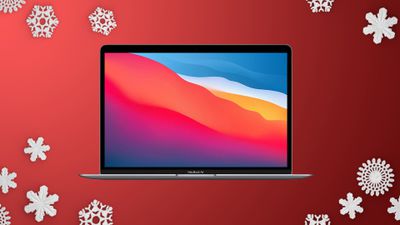
Keep up with all of this week's best discounts on Apple products and related accessories in our dedicated Apple Deals roundup.


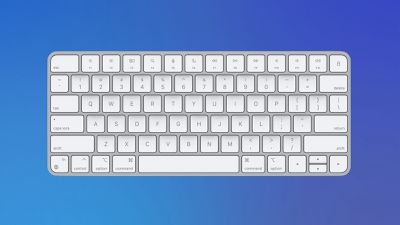
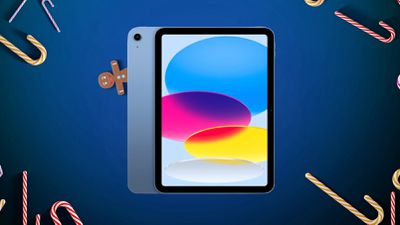 Note: MacRumors is an affiliate partner with some of these vendors. When you click a link and make a purchase, we may receive a small payment, which helps us keep the site running.
Note: MacRumors is an affiliate partner with some of these vendors. When you click a link and make a purchase, we may receive a small payment, which helps us keep the site running.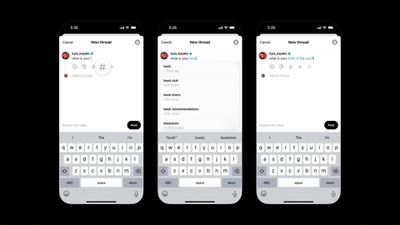



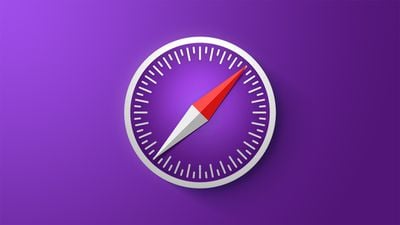
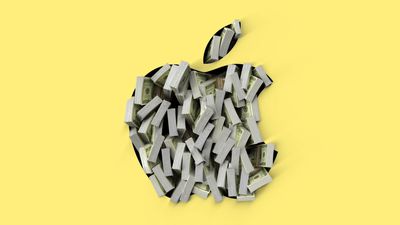
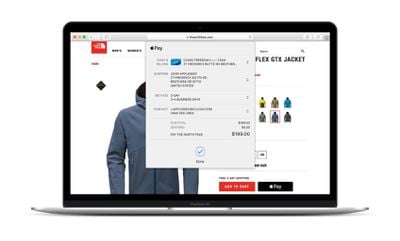
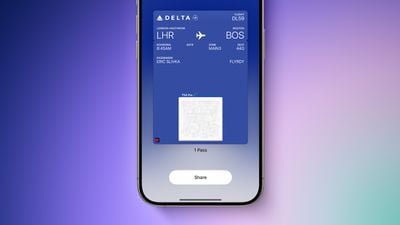
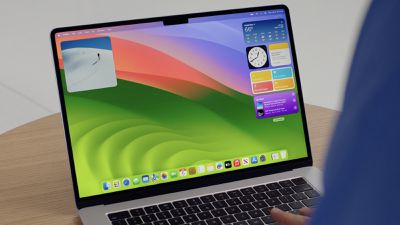

 Note: MacRumors is an affiliate partner with some of these vendors. When you click a link and make a purchase, we may receive a small payment, which helps us keep the site running.
Note: MacRumors is an affiliate partner with some of these vendors. When you click a link and make a purchase, we may receive a small payment, which helps us keep the site running.